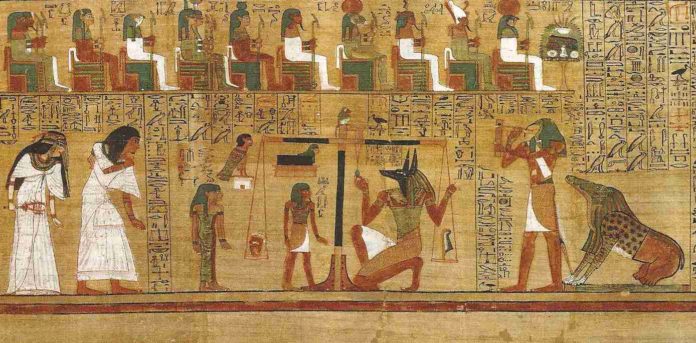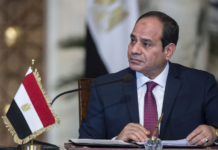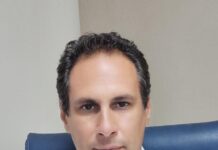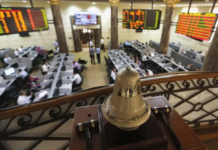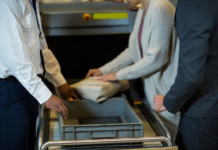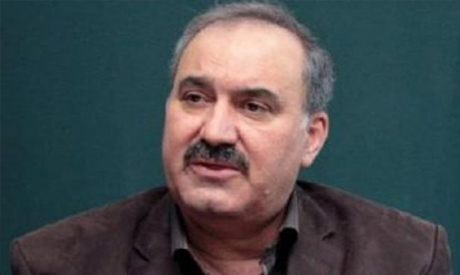Egypt was one of the first civilisations to introduce cosmetic surgeries to the world, and it seems the industry is returning back to Egypt.
Scientific research based on royal mummies has proven that the pharaohs reached serious stages of scientific progress in the areas of compensatory devices and papyrus also proved that they performed cosmetic surgeries for the nose and deformities.
The study proves that Pharaohs reached the knowledge and had the ability to compensate the person who has undergone amputations with prostheses of wood and skin to help movement and balance the body when walking significantly, so that people can exercise their lives naturally. These operations were performed by skilled surgeons (or priests) using a mechanism similar to injections under the skin as is now been practiced in cosmetic surgeries. Archaeological evidence confirms that the pharaohs performed injections to the palm of the hands, arms and feet, the objective was to preserve the body’s vital appearance. They also performed nose and eye surgery, even eyelids were treated with great care and skill.
Over the years and especially over the past two decades, the development of plastic surgery has been transforming by modern technologies at the speed of light, attracting at the same pace a wider audience annually.
According to Al Bayan newspaper, Cosmetic surgery industry is booming in the Gulf Co-operation Council (GCC), with a market exceeding One Billion dollars spent annually on cosmetic surgeries in the Arabian Gulf region, which represents a quarter of the cosmetic surgery market value for one year in the GCC countries. The study reported by the newspaper reveals a big surge of GCC men and women on cosmetic surgeries, particularly people from the younger generation, while according to Dr Qassim Ahli, consultant plastic surgeon, liposuction and tummy tuck make up 60% of the overall number of cosmetic surgeries in the GCC countries in one year. The study also reveals that Botox injections, fillers and lasers account for 30% of the cosmetic surgeries, with 75% of the operations conducted on women.
Early in the 1990s, Lebanon was marked as the regional hub for cosmetic surgery, yet recently and with the industry’s growing market, specialists of the industry in Egypt have mastered the industry. In concurrence, they have established centres and clinics that are currently grabbing not only the local market but extending beyond the boarder to the regional market.
Dr. Ibrahim Kamel, a member of the French Society of Beauty Surgeons and one of the most famous doctors and surgeons in Egypt and the Middle East, has established his centre, Dar Al-Gammal Cosmetic, Skin and Laser Surgery in 2005. A visit to the centre reveals that it has gained a lot of fame and confidence in the Middle East, as it receives cases from various countries in the Gulf, Sudan, Libya, Tunisia, Lebanon, Syria and Iraq as well as Arab communities living in Europe, America and Australia. Patients praise the quality, cleanliness, professionalism as well as the latest technologies and applications utilised.
On the other hand, the price of cosmetic surgery in Egypt is regarded as the most appealing factor (other than the five star service received) that distinguishes Egypt as the current regional competitive attraction in the industry. For example, liposuction costs an average of $1,500, Abdominoplasty is around $2500 and Rhinoplasty process ranges from $1000 to $3000.
In conclusion, it is certain that some see plastic surgery as some kind of magic that transforms the person in a short time, without pain or suffering into a better look of himself. A transformation that marks a new start, a better start with an optimistic look towards his/her future.


